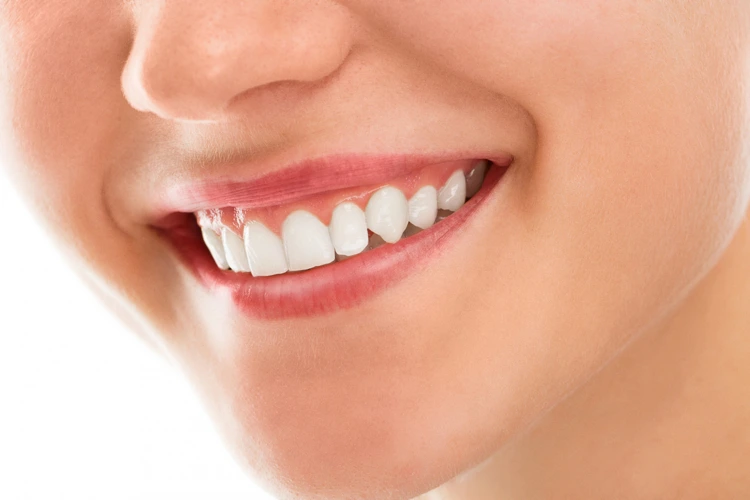Teeth whitening treatments involve applying an agent to the tooth surface to reduce discoloration and stains. The process works by breaking down stains, making the teeth appear lighter. Understanding the different approaches available is the first step in exploring what might be right for you. Here is more information about available options:
In-office Teeth Whitening
In-office teeth whitening is a procedure performed by a dental professional in a dental clinic. This method uses a high-concentration whitening gel that is applied directly to the teeth. The process is monitored by the dental team to protect the gums and soft tissues of the mouth.
Typically, dentists place a protective barrier over the gums before applying the whitening agent. They may leave the gel on the teeth for a set amount of time, sometimes activated by a special light. Because the concentration of the whitening agent is higher than in take-home products, results may not be visible immediately after the procedure.
Follow your dentist’s aftercare instructions to maintain the results and protect the enamel. Avoid foods and drinks that stain, such as coffee, tea, and red wine. Scheduling regular dental check-ups can help make sure your teeth remain healthy and your whitening results last longer.
Take-home Teeth Whitening
Take-home teeth whitening kits are another option provided by dental professionals. These kits include custom-made trays that are created from an impression of your teeth. You may also receive a professional-grade whitening gel with a lower concentration than that used in in-office treatments.
You fill the trays with the provided gel and wear them for a specified period each day. The duration and frequency of use will depend on the dentist’s instructions and the strength of the whitening agent. While this method takes longer to show results compared to an in-office procedure, it offers the convenience of whitening your teeth in the comfort of your own home. Following the instructions provided by your dental office is part of the process.
Individual Situations
The outcome of any teeth whitening treatment depends on several factors specific to each person. The original shade of your teeth and the type of staining present will influence the final result. Teeth with a yellowish hue tend to respond well to whitening. Stains caused by certain foods, drinks like coffee or tea, and smoking are also treatable.
Some types of discoloration may not respond as effectively to whitening treatments. These may include:
- Grayish or brownish tones
- Discoloration from certain medications
- Stains resulting from trauma to a tooth
A dental professional can assess your specific situation and guide you on what to expect from a whitening procedure.
Alternative Options
When stains do not respond to traditional whitening methods, other cosmetic dental procedures are available. Dental veneers are one such alternative. Veneers are thin, custom-made shells of tooth-colored material designed to cover the front surface of teeth, improving their appearance. Dentists may use this option for teeth with deep intrinsic stains or for individuals seeking a more comprehensive cosmetic enhancement.
Schedule Teeth Whitening Treatment Today
A discussion with a dental professional can help clarify which approach aligns with your specific needs and oral health condition. They can evaluate your teeth, discuss the potential outcomes, and answer any questions you may have. If you are ready to learn more about achieving a brighter smile, schedule an appointment with a dental team to explore your teeth whitening options.









